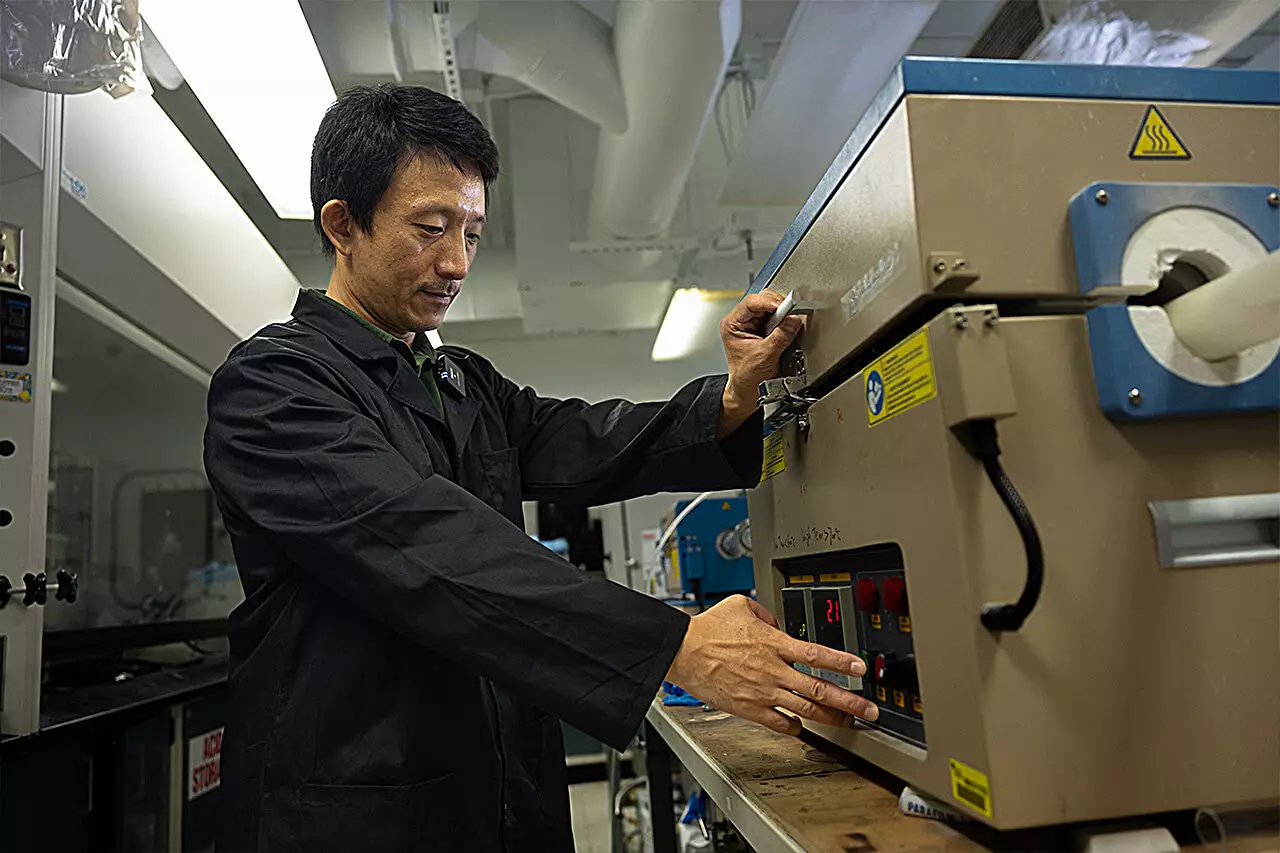As global warming increasingly becomes a pressing issue, researchers and scientists around the world are on the hunt for innovative solutions to mitigate the effects of carbon dioxide (CO2) emissions. With industries being among the largest contributors to greenhouse gases, developing technologies to capture and convert CO2 into useful products is no longer just a scientific endeavor; it’s a critical necessity for our planet’s sustainability. In this context, a ground-breaking technology has emerged from the University of Central Florida (UCF) that not only addresses the pressing CO2 problem but also produces valuable chemicals and fuels that could lessen our reliance on fossil fuels.
Innovative Technology Developed at UCF
Associate Professor Yang Yang and his research team at UCF’s NanoScience Technology Center have crafted a novel device designed to capture CO2 from emissions and transform it into usable substances. This invention employs a microsurface created using a unique combination of tin oxide and fluorine material, which enhances the efficiency of the carbon capture process. What sets this technology apart is its dual functionality: it not only seizes gaseous carbon dioxide but also converts it into carbon monoxide and formic acid, essential raw materials for chemical manufacturing.
Yang’s findings have been shared in a detailed study published in the Journal of the American Chemical Society, emphasizing the importance of creating technologies that can sustainably reduce humanity’s overall carbon emissions. “Our ambition is to improve our world and make it cleaner,” says Yang, reflecting a shared urgency among scientists to address the escalating greenhouse effect that CO2 has on global temperatures.
An intriguing aspect of Yang’s research is its foundation in biomimicry—the practice of drawing inspiration from nature to solve human problems. Yang specifically looked at the lotus plant, known for its unique hydrophobic properties. The hydrophobic surface of the lotus repels water, ensuring that it remains clean and free from debris even in muddy environments. This attribute informed the design of the CO2 capture device, whereby water’s movement is streamlined to prevent it from interfering with the chemical conversion of carbon dioxide.
By mimicking this natural phenomena, Yang’s team is able to balance the management of water on their device’s surface, thereby enhancing the efficiency of the carbon dioxide conversion process. Such innovation highlights not only the ingenuity of scientific research but also emphasizes how learning from ecological systems can help devise practical solutions to complex challenges.
Once the carbon dioxide is captured, the team’s technology employs an electrocatalytic reaction to convert the gas into various carbon-containing chemicals, including methanol, ethanol, and more. Unlike the natural photosynthesis process typically observed in plants, Yang’s method allows for greater customization in terms of the end-products. This increased flexibility signifies a step forward in the realm of renewable energy and presents opportunities for producing biofuels and other sustainable chemical compounds.
Yang notes a significant challenge in this process: managing the water levels on the catalytic surface. Excess water can lead to unwanted hydrogen production rather than CO2 conversion, undermining the overall energy efficiency. By designing materials that actively repel water, the research team has increased the effectiveness of their reactions and minimized energy loss. Consequently, nearly all the electricity utilized in the process goes towards effective CO2 conversion, a promising advancement in making carbon reduction technologies economically viable and environmentally beneficial.
The initiatives to mitigate carbon emissions are myriad, ranging from planting trees to developing advanced carbon capture systems. However, Yang’s innovation positions itself as a potentially more streamlined alternative to these traditional methods. With the capability to run on intermittent electricity sourced from renewable energies like wind and solar, the technology presents a holistic approach to addressing the carbon footprint crisis while promoting green energy.
The groundwork laid by Yang and his colleagues may pave the way for future, larger-scale applications. As they aspire to develop prototypes that demonstrate rapid carbon conversion on a wider scale, there is hope that such technologies could one day be deployed in industrial settings, contributing significantly to global efforts in combatting climate change.
Through innovative approaches like those pioneered at the University of Central Florida, the field of carbon capture and conversion is making strides towards the development of sustainable technologies that can combat climate change. Yang’s research serves as an inspiring model of how scientific inquiry, inspired by nature, can lead to actionable solutions to some of our most pressing environmental challenges. As we continue to address the complexities of carbon emissions, such advancements will undoubtedly play a crucial role in shaping a cleaner and more sustainable future for the planet.


Leave a Reply